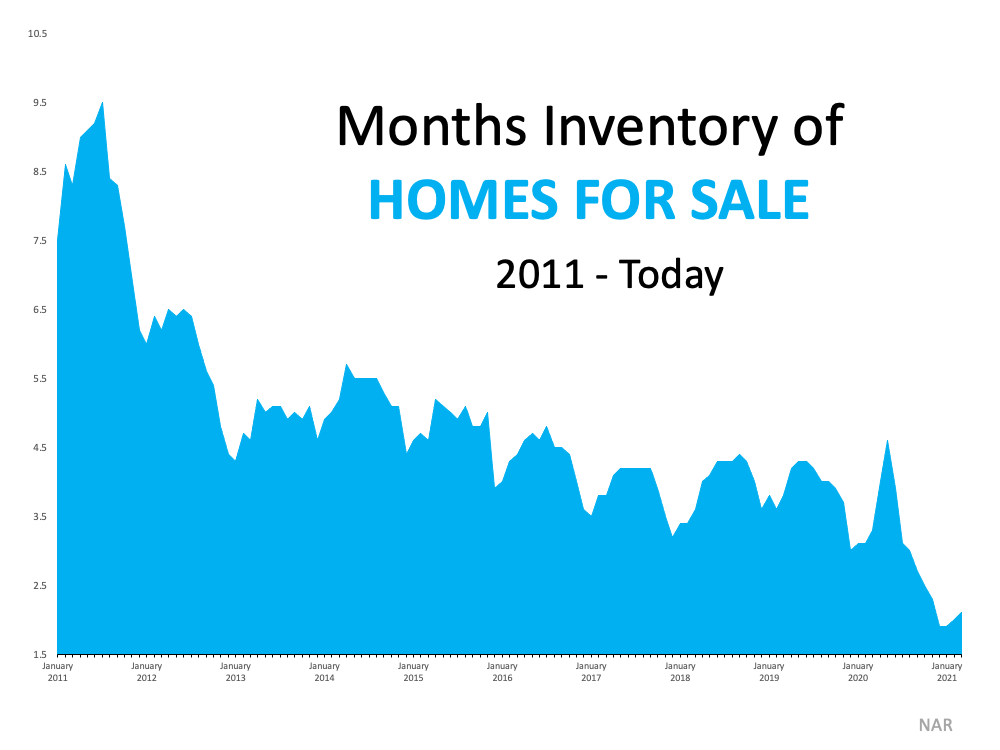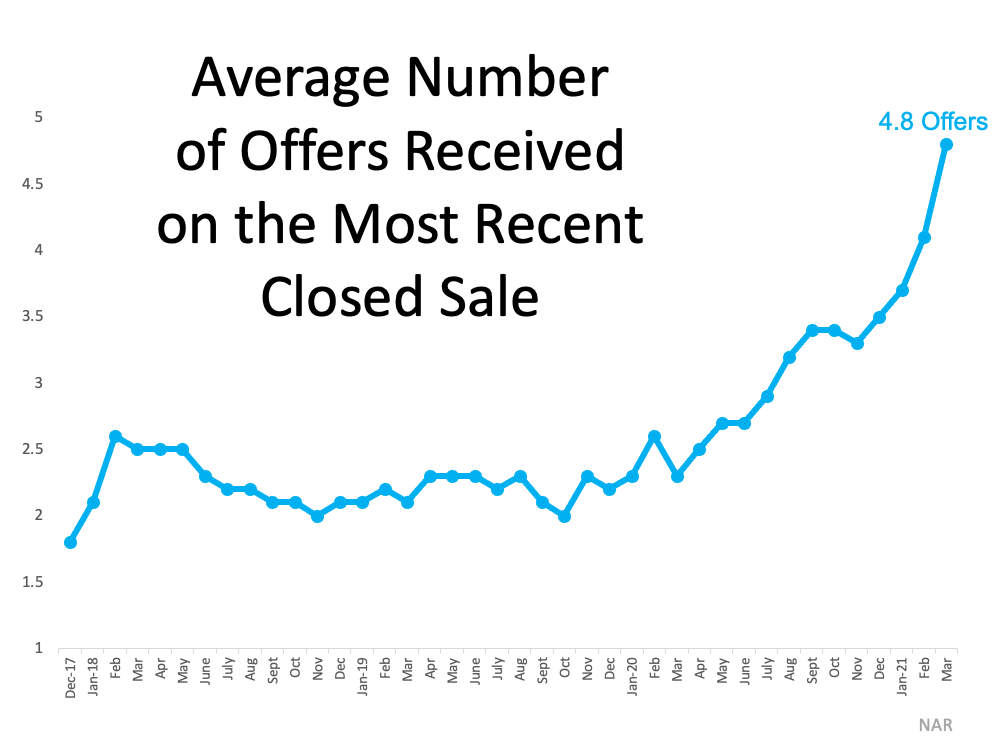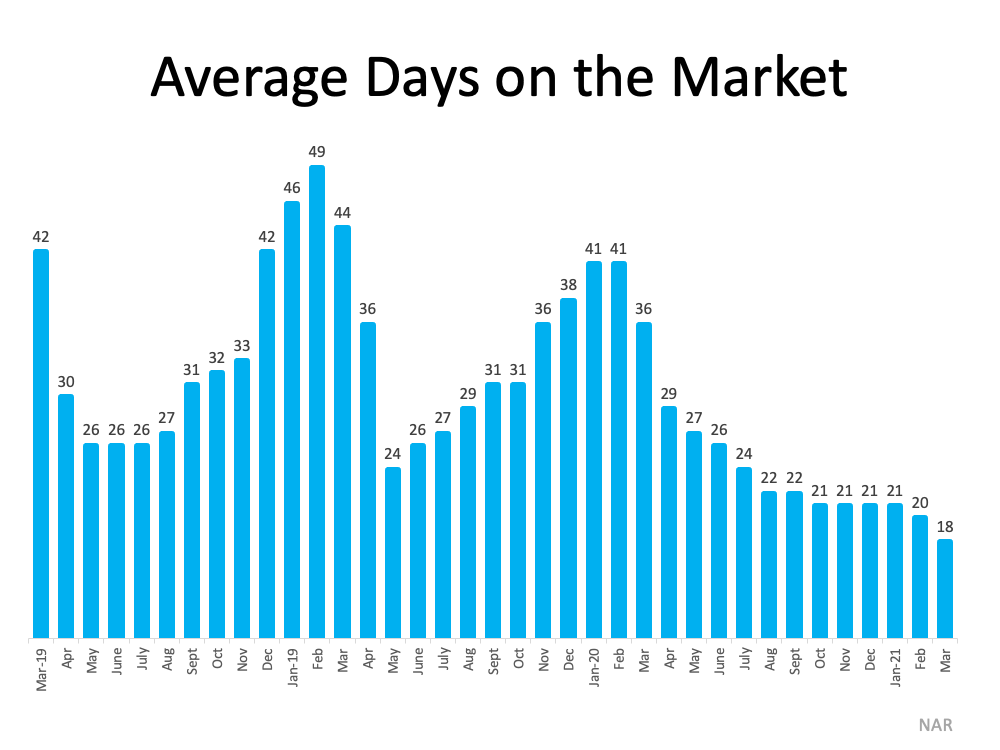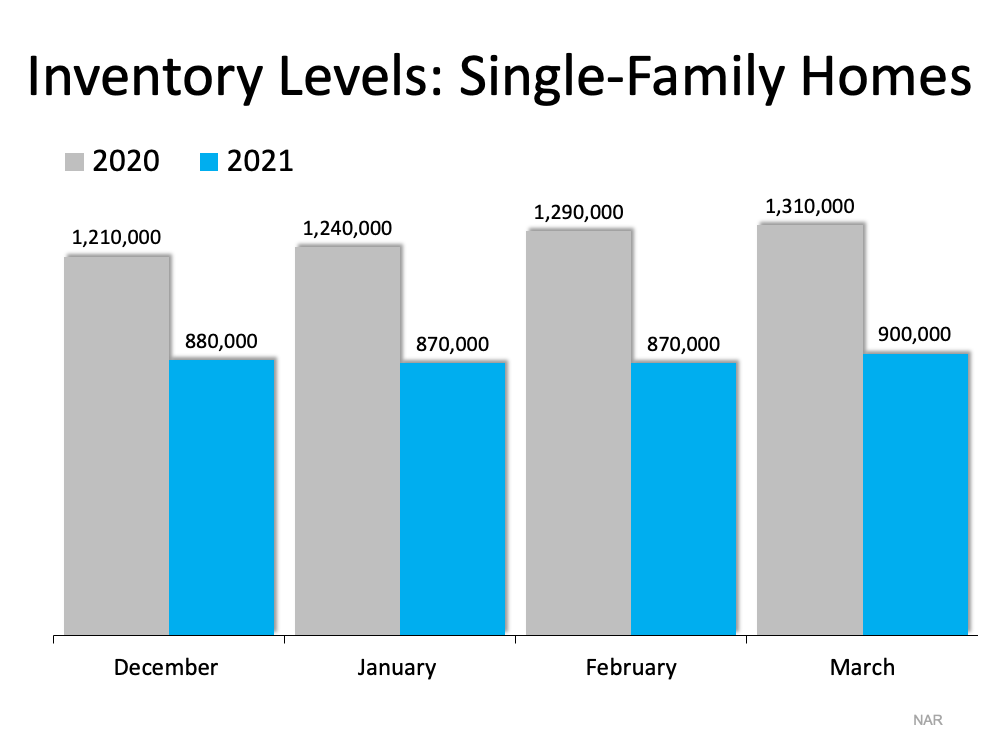Considering a Yard Pond?
Installing a Yard Pond
Yard ponds can range in size between a small 550-gallon pond to one that holds 2,000 gallons or more, so it’s important to take the time to plan exactly how large you want your pond to be. Try outlining your pond with a rope to get an idea of its dimensions, then add an extra 2 feet or so around the entire border to account for transitionary plants, rocks, and other border features. You’ll want to keep an eye on the area once you have it outlined, since most pond plants require at least six hours of sunlight or more per day to thrive.
You’ll also need to have a way to get power to the pond to power any pumps or fountains that you use to circulate water, and a means to add additional water as needed if your local rainfall isn’t sufficient to counter evaporation. Other necessities include a pond liner to keep the water from simply soaking into the ground, any fish or plants that you want to add to the pond once it’s installed, and a pond net or skimmer to keep leaves, seed pods, and similar items from clogging up your pump in the spring and fall. In addition to all of that, you may also need permits or other legal documents before you can break ground, and you will likely have to have a survey to mark underground pipes and wires to avoid potential fines.
Yard Pond Upkeep
Once a pond is installed, there are some things you should keep in mind as part of your ongoing maintenance plan. You’ll need to check your pond every week for leaves, debris, and other things that might gunk up the works and potentially harm fish or plants, though this can be negated with a pond net during the fall or other times when a lot of potential debris is likely. Checking the water level is also important, especially during the summer. If you have cold winters, you may also need a heater or air bubbler to keep everything from freezing as well. In most cases you will only need to spend around 15 to 30 minutes a week checking on these issues, but that can vary depending on where you live.
Another thing you’ll want to consider is insects. While dragonflies and similar insects are often a welcome sight around ponds, water features like this can also be a breeding ground for mosquitoes if you aren’t careful. Making sure that the water is sufficiently circulated or adding products that are designed to prevent mosquito growth without harming fish or other animals are good ways to take care of this problem, though some of these treatments may have to be repeated multiple times per year. Certain fish may also help to keep the mosquito population under control.
Ready to Build Your Pond?
A yard pond can be a major undertaking, but it can really pay off once it’s finished. If you’re not sure where to start, it’s a good idea to consult with a landscaper or water feature installer in your area to see what will work best for your property. HomeKeepr can help you connect with the pros you need to make your pond dreams a reality; sign up for a free account today to get started.










